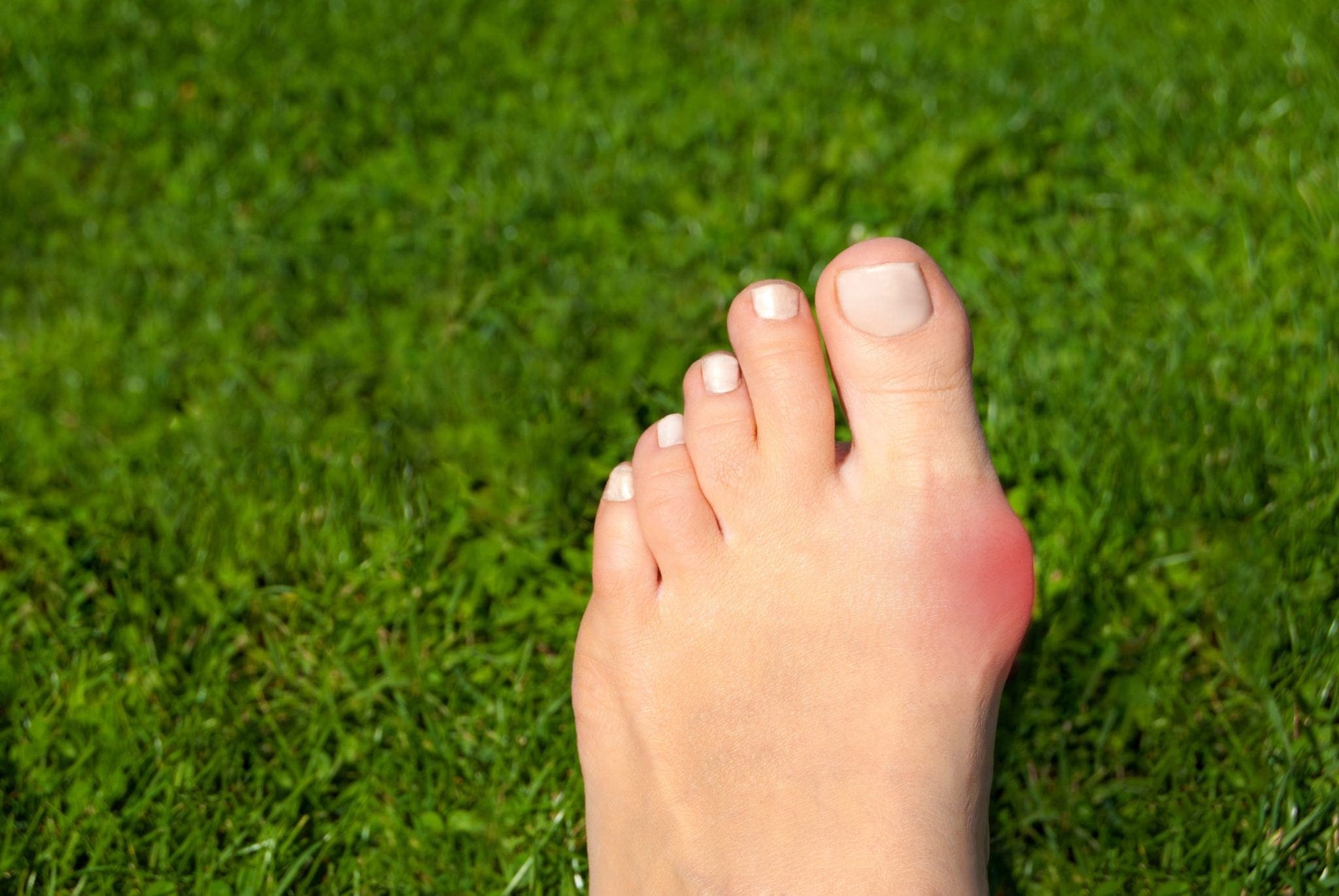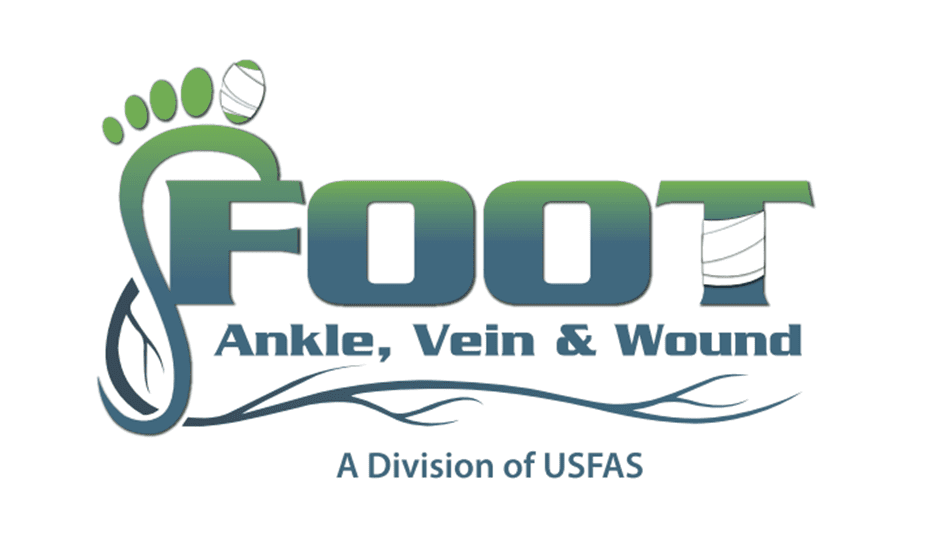
No matter what sort of medical condition you are going through, the number one thing to avoid in most cases is to try and avoid surgery at all costs. However, sometimes the condition gets to be so unbearable or at the point of no return that you have no choice: you have to shimmy yourself onto the operating table and say your prayers.
Fortunately, when we’re talking about your feet, particularly about your bunions — there is hope: you don’t necessarily have to resort to surgery and can treat and ease your bunions without getting an operation.
If this sounds like you, you might think that there isn’t any more that you can do aside from going under the knife, so to speak. Here are five ways that you can treat your bunions without needing surgery.
1. Use protection.
In this case, we encourage all sorts of protection, of course, but are just referring to your feet. Simply by heading to your nearest drugstore you can easily find moleskin or gel-filled pads that can do the trick of easing the pain that often comes along with bunions.
This can help you with a lot of your feet conditions, not just specifically limited to bunions. However, these moleskin or gel-filled pads can give you that cooling, soothing feeling, and protect your bunions from getting any worse. Already wearing them before you get a bunion can also help, especially if you are in a job where you are often standing or walking around all day. Taking preventative measures is just as, if not more, important than treating your conditions after the fact.
2. Use shoe inserts.
As we mentioned in previous articles, these shoe inserts — especially those which are personalized for your feet and activity can help not only treat bunions once you already have them, they are also there for you to prevent new ones from happening before they can even grace your feet. They are perfect preventative measures for all foot conditions, not only confined to treatment for bunions.
Although you want to try to purchase and wear well-fitting footwear that is specifically wider at the front, toe area, which is another thing you can do for bunions, having those shoe inserts can give you the extra comfort in your shoes you’ll need if you’re standing or walking all day.
3. Go the extra mile.
If you really are serious about getting rid of those bunions, you have to try your best and this might mean going out of your way to do some treatments you wouldn’t normally do. If you’re at the point of desperation, anything is worth a try. However these remedies are not so extreme, they just take a little effort.
You can soak your feet in a warm bath every night, especially after work. Being on your feet all day definitely doesn’t help. You can use ice packs or slip into your whirlpool for a heated soak for your feet. You can even do a low-intensity ultrasound or give a massage. It doesn’t have to be professional.
4. Treat while you sleep.
Not only should you be maintaining a healthy sleep schedule along with a healthy, normal weight, you can actually treat your bunions during the night — which is a no-brainer because it takes so little effort from you. You can treat them even when you’re dreaming!
When you’re sleeping, you can wear a splint at night to hold the toe straight. This will ease the discomfort you may have, which might actually also help you fall asleep. These toe spacers or bunions splints hold the big toe straight and can physically push the big toe back its normal alignment. When you’re walking and using them — which you can do, of course! — it provides support while you move.
Toe spacers slowly and gradually restore the natural position of the toes. It can put your toe back into place without surgery. Investing in these extra, simple “helpers” and doing everything you possibly can to treat your bunions can also be well-worth the few bucks you spend, rather than spending it all on an operation.
5. Practice physical therapy.
Normally, physical therapy is often associated with right before or after surgery (more commonly after). However, performing range-of-motion exercises can help treat bunions and gives them the push they need to get back into place. These exercises restrain and relax your foot muscles while you work them, which gets your toes slightly moving in the right direction.
These are all things that you can do in order to prevent and treat bunions. However, while you are experiencing them, you might be in a great deal of pain. Although we don’t suggest going anywhere near the heavy drugs and we hope you avoid prescription drugs at all costs, sometimes the pain is just unbearable. Taking a non-steroidal anti-inflammatory drug that you might take for a headache or cramps, like ibuprofen, can help keep the pain in check.
The bottom line
Before you go in for surgery, always try and do the most that you can with what you have. If you are disciplined in your approach, you can give your best efforts to try and get those toes back into place and reverting your medical condition back to normal.
Avoiding surgery doesn’t have to be a difficult journey, at all. As we mentioned in this article, it can be as simple and relaxing as heading to jacuzzi every night after work to soak your aching feet — you don’t even have to go all the way in! Finding the little things that you can do that can be an impact, making such a huge difference in a positive way can be the foot-saving tip you need to try and avoid costly surgeries, that can put you off your feet for a while. Not to mention, avoiding these operations can help save you money in the long run.

